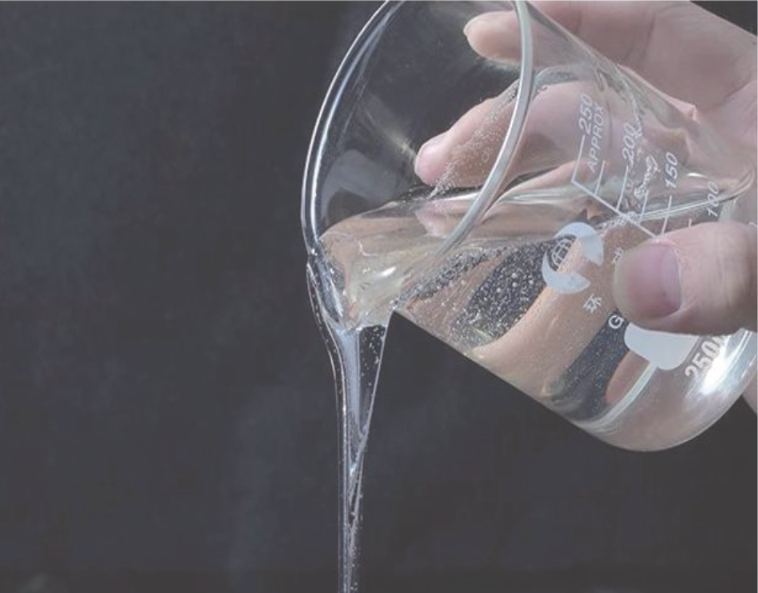Aug. 04, 2023

1. Solubility Temperature:
Put HPMC powder into hot water, which is generally around 70℃ to 80 ℃. When this aqueous solution’s own heat gradually cools down, with constant stirring, the aqueous solution will have a little viscosity, then you can stop stirring. Because when the aqueous solution is with viscosity, HPMC can be evenly suspended in water, and will not sink. The temperature of the aqueous solution at this moment is called the solution temperature in the chemical sense.
2. Gelation Temperature
When HPMC is dissolved into water, it will become a colorless and transparent aqueous solution. Continuously heat the colorless and transparent aqueous solution up, until it turns to opaque opalescent colloid. At this point, the temperature is the gel temperature. It can also be simply to be understood as the lost efficacy temperature of cellulose. HPMC in the colorless transparent colloid plays the role of increasing water retention and other properties. Thus if it becomes a non-transparent, like milky liquid, HPMC will lose its effectiveness at this moment.
As to our GMK200Z model, its gel temperature is from 70℃ to 75℃. And its dissolution temperature is generally around 55℃ to 57 ℃, occasionally 50℃, or at other temperatures. As long as the dissolution temperature is not too low, it will not affect the formation of the aqueous solution of HPMC and the HPMC’s performance in the mortar. Therefore, the dissolution temperature is not a necessary indicator in China's national standards.
Generally, when the temperature of the aqueous solution is reduced to 55℃-57℃, the stirring can be stopped. Because at this moment the aqueous solution has a little viscosity, it can make HPMC suspend without sinking to the bottom.
However, the dissolution temperature of some products is relatively low, possibly 50 ° C. If the temperature of the aqueous solution is reduced to temperature 55℃-57℃ and the stirring is stopped, then at that moment, the aqueous solution has no viscosity, and the HPMC will not be suspended and thus will sink to the bottom.
To solve this problem you can continue stirring until the temperature drops to 50 ° C. Moreover, the water temperature on the site generally does not exceed 40 ° C, that is, it will be less than the dissolution temperature, then HPMC will become a colloid and function as it is supposed to be.
It is recommended to use a lower viscosity in winter, which is more conducive to construction. Otherwise, when the temperature is low, the viscosity of cellulose will increase, and when scraping, the feel will be heavy.
Hydroxypropyl methyl cellulose (HPMC) is a non-ionic cellulose prepared from natural polymer materials through a series of chemical processes. It contains almost all the properties of methyl cellulose (MC) and is your first choice for producing quality building material additives. To meet the needs of environmental protection, our product has high water retention, dispersibility, good fineness, good processability and easy handling. Dissolving properties. It is suitable for dry mortar construction, internal and external wall putty powder emulsion (paste), adhesive, caulking agent, interface agent, coating, self-leveling agent for new building materials.
For more information, welcome contact us or click to the website: https://www.hpmc.com/
Shijiazhuang Henggu Jianxin Cellulose Co., Ltd.
Chemical Industrial Park, Xinji City, Hebei Province, China Post Code: 052360
Copyright 2023 Shijiazhuang Henggu Jianxin Cellulose Co., Ltd. All Rights Reserved